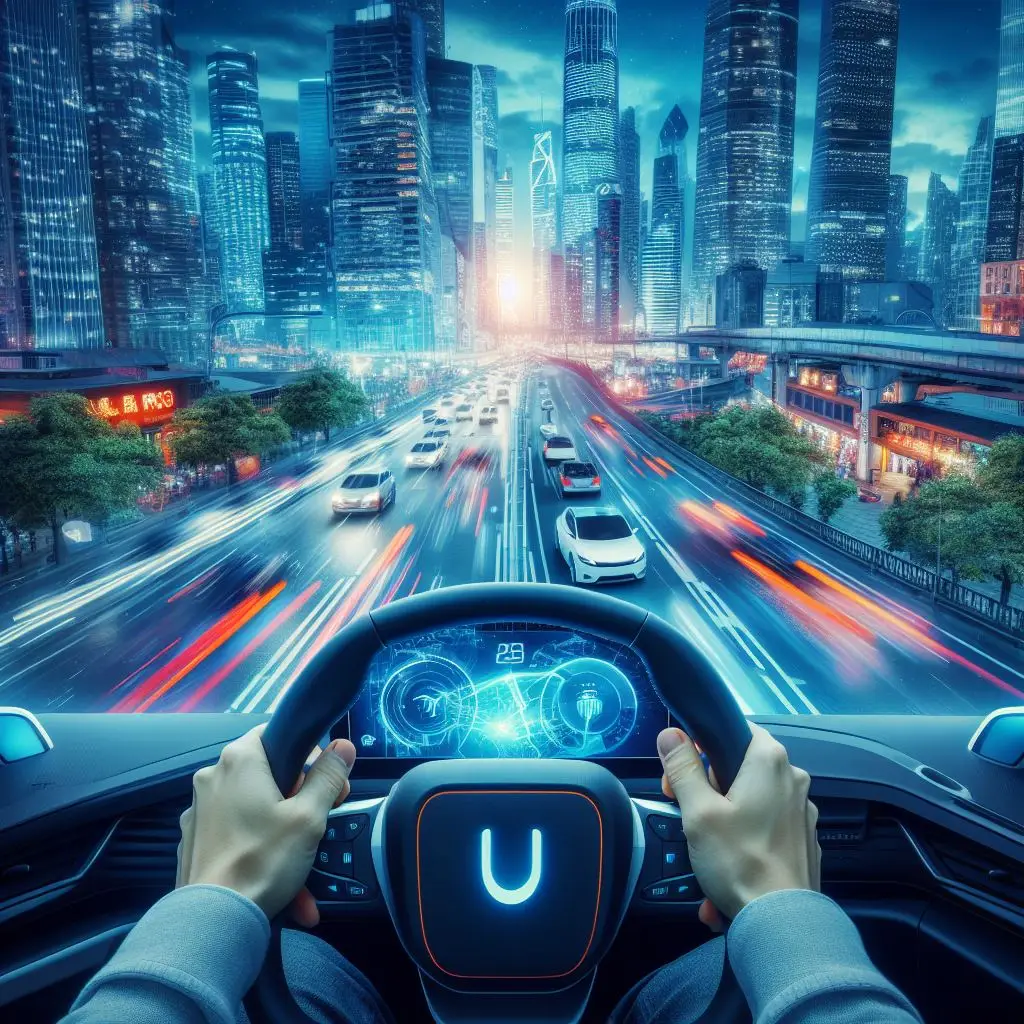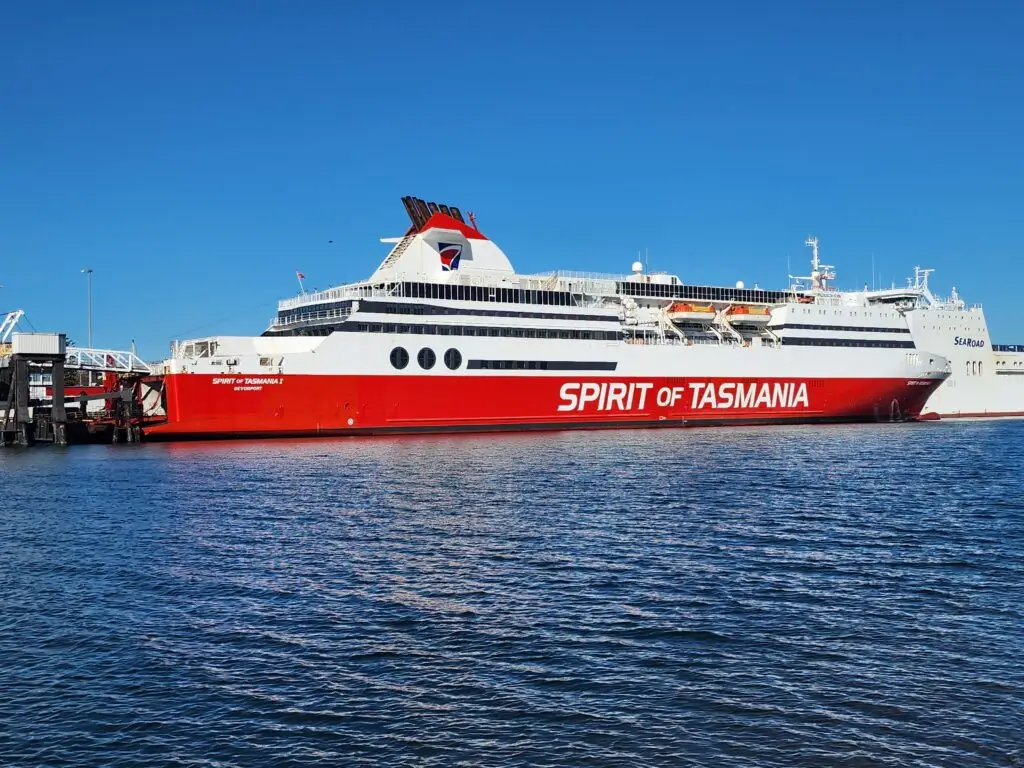Tackling Tasmania: Planning
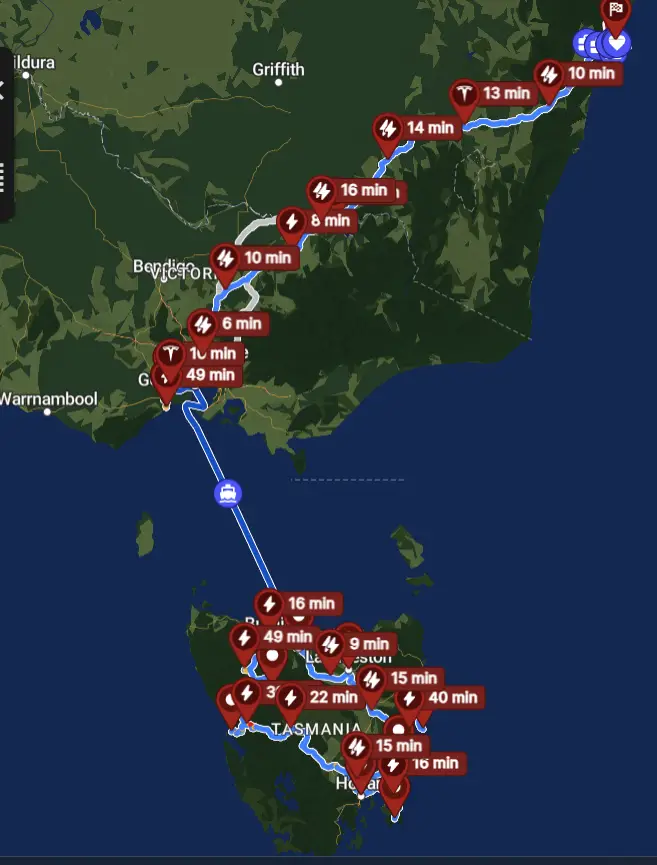
There are two main things we need to know for any road trip, regardless of our vehicle: Where to go? and What to pack? For an EV road trip there are a couple of nuances we need to account for, but the process is essentially the same.
First step: Where to go? We of course already have an idea of where we want to go, what we want to see and in what order. Otherwise our road trip is a but meaningless. The difference with an EV is that need to make sure we know where we’re going to get our electricity from along the way.
Personally, I’ve been using “A better route planner” or ABRP. While it has it’s faults, there aren’t many good options out there and this is one of the better ones for planning an EV Road Trip.
A list of our must see and must do places and things
- Leave from Sydney
- Visit Family in Torquay
- Spirit of Tasmania Ferry to Devonport
- Stanley and Burnie
- Cradle Mountain
- Strahan and Macquarie Harbour
- Hobart and Port Arthur
- Launceston
- Spirit of Tasmania back to the mainland
- Visit family again
- Home to Sydney
The general plan was to get in my Kia EV6, travel from Sydney to Geelong, take the Spirit of Tasmania and make a lap around Tassie, then return home to Sydney. My biggest concern was that we were leaving on the first day of school holidays and there’s been plenty of photos in the press and on TV of long queues at charging stations. Would this turn out to be a nightmare of long queues and delays? Would the chargers even work? How soon until we get stranded somewhere? Or is this all just anti-EV media hype? There’s only one way to find out.
Charger Fears
Fortunately my family are from the Geelong area, so we planned to stay at Mum’s house the night before our ferry trip. This alleviated our fears of missing the ferry and gave us some time to spend with the family. If you’ve got a connection to make (like a ferry) or important event (weddings spring to mind) then it’s always good to have a nice buffer in there until the charging infrastructure gets nearer to that provided by petrol stations.
We planned our trip to leave on Saturday, with our ferry booked for Sunday night, staying in Geelong on Saturday night. If you don’t have family in the area, there are some great things to do in the Geelong area that will have you close enough to the ferry to reduce anxiety about getting there on time. Even in a petrol car, things could go wrong and missing the ferry will really mess up your plans, so be sure you aren’t leaving yourself short of time.
Let’s face it, it’s still easier to pull into a petrol station and get fuel. We know they exist and we know they work. Until charging infrastructure catches up, we’re going to have to be on our toes to ensure we always know where the next charge is coming from, Just as importantly; we need to know what our alternatives are. For now the electric equivalent of scraping in to a petrol station on fumes should be avoided. I like to keep at least a 30% buffer to ensure I can get to another charger if needed. It does mean a few extra stops, but, I find it makes for a more relaxing drive if you’re stopping regularly.
What to Pack?
I’m not going to attempt to tell you how many pairs of undies to pack, or anything like that, but there are a couple of items that you might not think of.
Frunk or Froot, let's call it a boot.
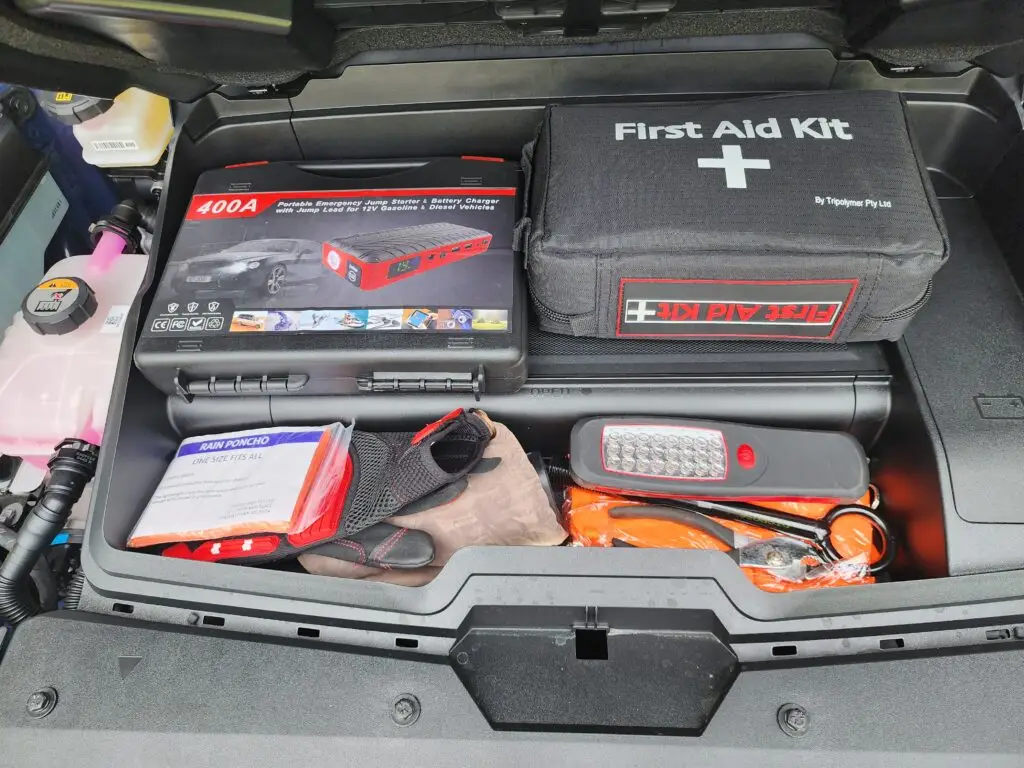
Frunk, or Froot, I really hate those terms, so I’ll just call it a boot. The boot under the bonnet of an EV6 is small. In an all wheel drive it’s tiny. So I use the boot for all my emergency gear. I’ve got a first aid kit, hi-vis vest, a few tools, a jump starter kit, gloves, ponch, torch and a few other bits and pieces.
With many EVs, if you lose 12V battery you can lose access to many functions of the car, including being able to open the rear hatch. So keeping these things in the boot means I can access them in the event the 12V battery dies, and the battery is right there next to the boot if I need to jump start. Having the jump starter and a few tools adjacent to the battery compartment under the bonnet just makes sense to me.
Don’t forget to charge the battery booster every month, and make sure your torch is charged up (or has fresh batteries).
Cables
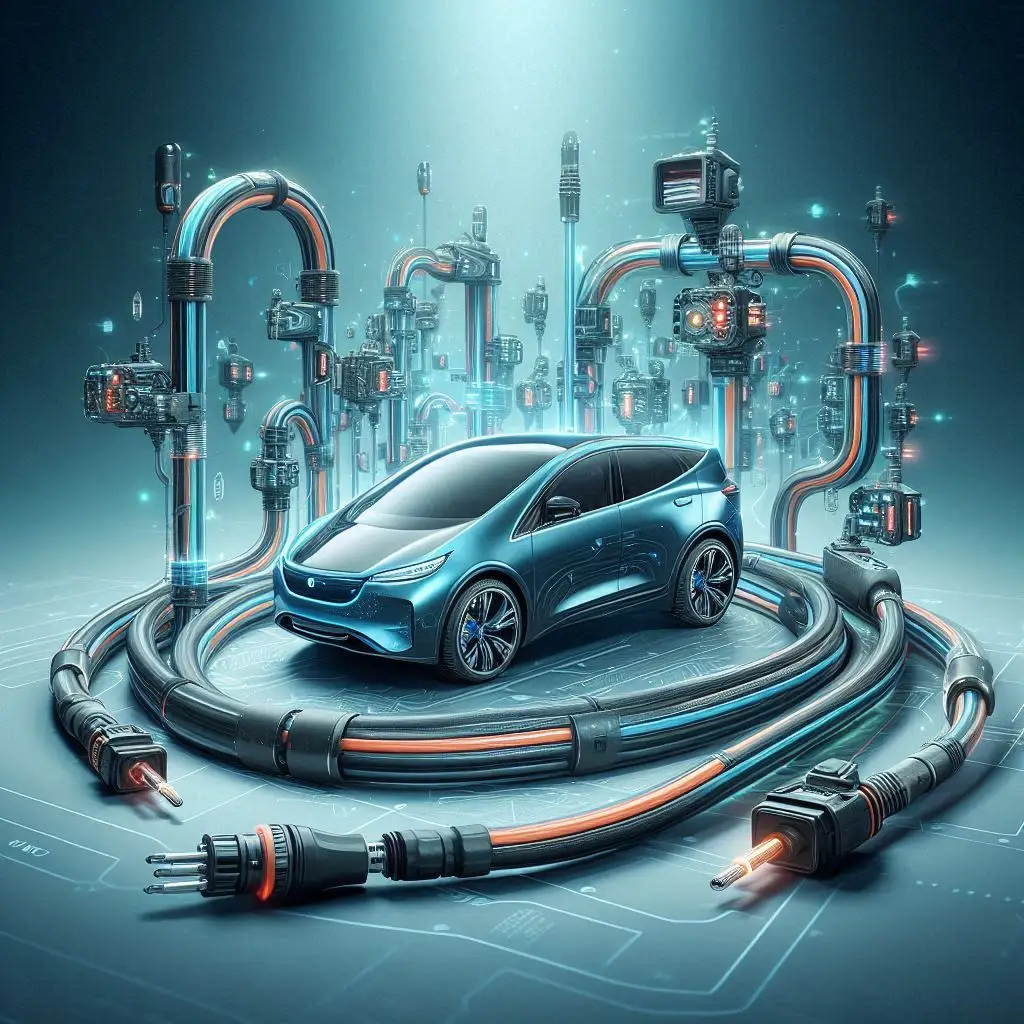
Checking ABRP and Plugshare, I found I wouldn’t need a granny charger or my own cable. Did I pack them anyway? Hell Yeah! These things don’t get left behind, ever! If I happen to visit an attraction with a slow charger that needs me to provide a cable am I going to accept some free electricity? I think you know the answer. I don’t care how slow it is, if I’m inside and the car gets a few free kW, I’m not going to miss out. There were a few opportunities for free electricity in Tassie, and the type 2 cable saved our bacon on one occasion.’
We had a couple of nights planned in Airbnb and one in a cabin in a camp ground, so granny charging wasn’t out of the question. I bought an extension cord specifically for the trip and packed the granny charger. As it turned out, this was quite a good decision.
Extension cord: I purchased a special extension cord with very specific characteristics. Being the son of an electrician, I wanted to make sure I had the best possible throughput. Normal 10 Amp extension cords have thin wires (1mm2). A 15Amp cable has thicker wires (1.5mm2) but has a different plug that won’t fit a normal socket. What I wanted was the thicker wires (to reduce voltage drop and improve throughput) but with a normal plug. I was able to find this at Bunnings after a bit of a search. It was labelled “heavy duty trade” but the important part was the 1.5mm2 wire thickness along with a regular plug.
Don’t buy a Caravan cable or 15Amp cable, as these have a bigger earth pin and will only fit in the less common 15Amp sockets. You won’t be able to use one of these in most sockets.
Cables fit neatly under the luggage compartment in the back of the EV6. They probably don’t need to be handy all the time, but we did find that the BYO type 2 cable was used a few times between overnight stays. It was a pain moving all the luggage to get underneath, so it ended up being moved in amongst the luggage so we could get to it more easily. The granny charger was only used after we’d settled in for the night, so moving luggage to get to it wasn’t necessary.
Everything else
I also have a J1772 to CCS adapter. Honestly these are only useful in much older council type slow chargers and as it doesn’t take up much space it got thrown in. I wouldn’t bother to buy one, but if you already own one and have the space it can’t hurt. I’ve only ever used it once, and it’s not even paid for itself if I’m truly honest.
Everything else is just like driving a petrol car: Check your tyre pressure, fill up the wiper fluid (don’t forget the bug detergent) and do some general checks on the car. Get it serviced if it’s going to come due during your trip. If you don’t carry a spare tyre, don’t leave the tyre repair kit behind. Throw in some garbage bags and snaplock bags. Don’t forget to pack the snacks and fill the cooler bag full of drinks. Most of all enjoy the trip.
Stay tuned for Day 1 of our adventure, I’ll be aiming to publish each day in succession over the course of the next 10 days on our EV Road Trip: Tackling Tasmania.
